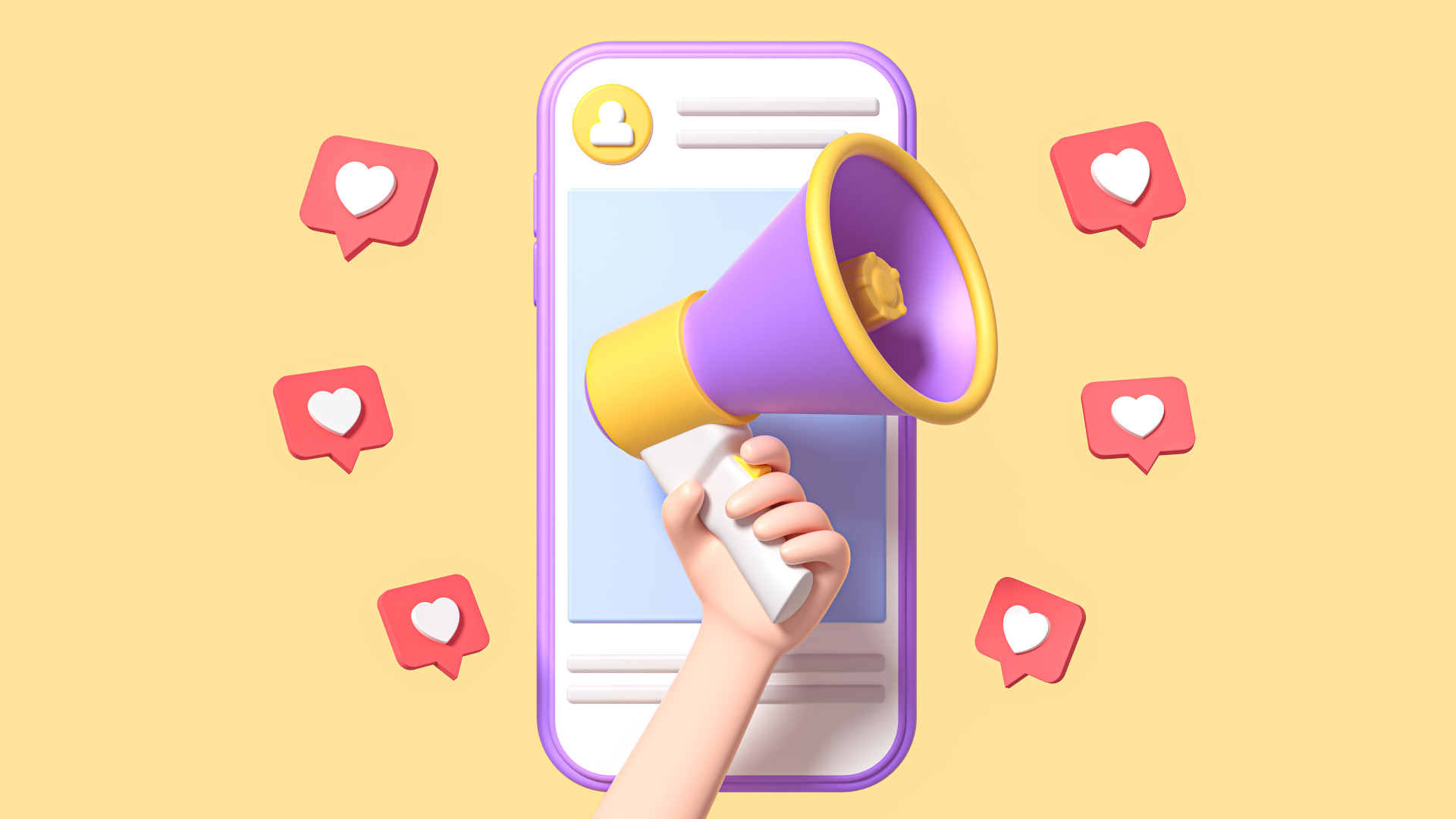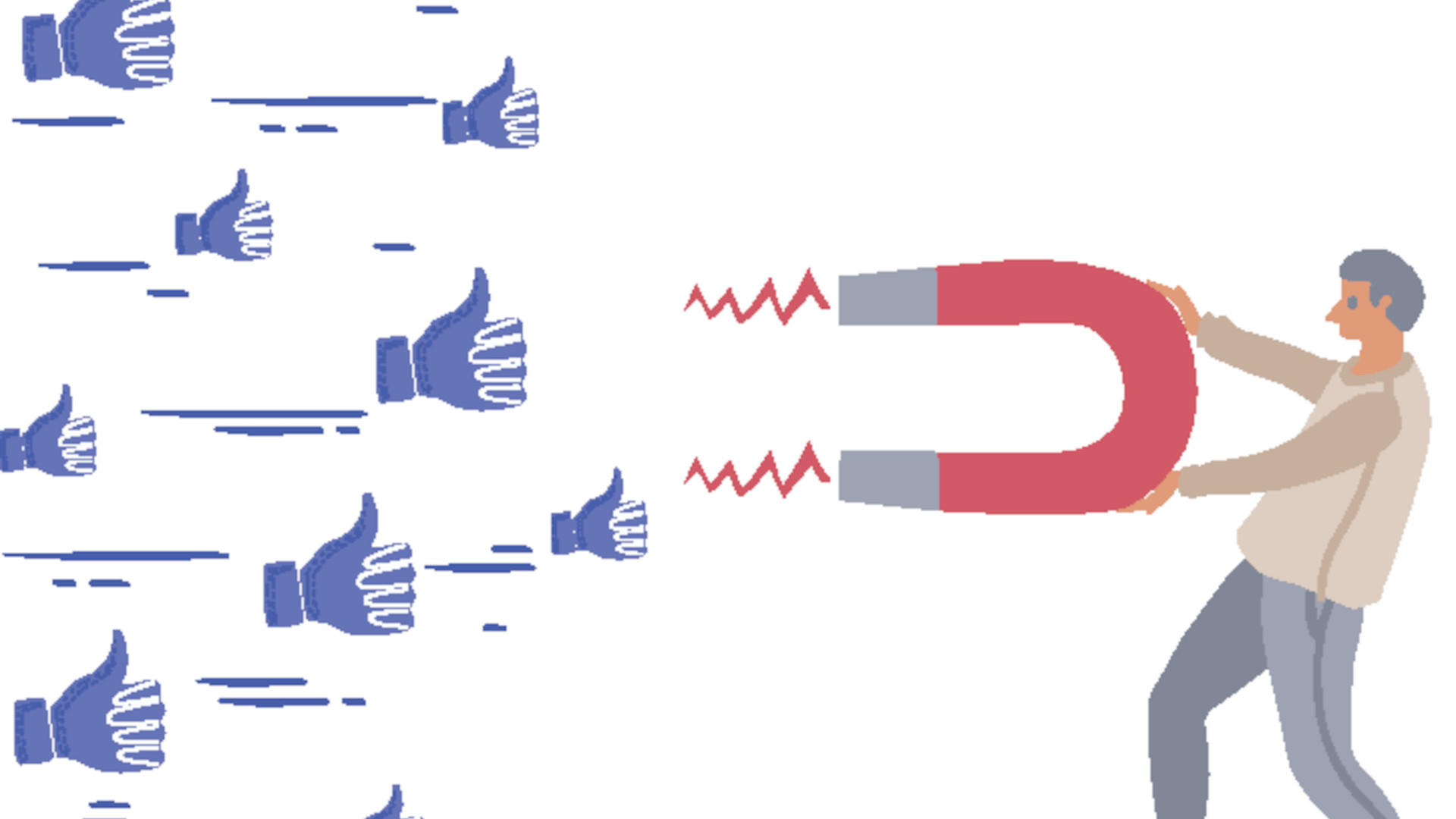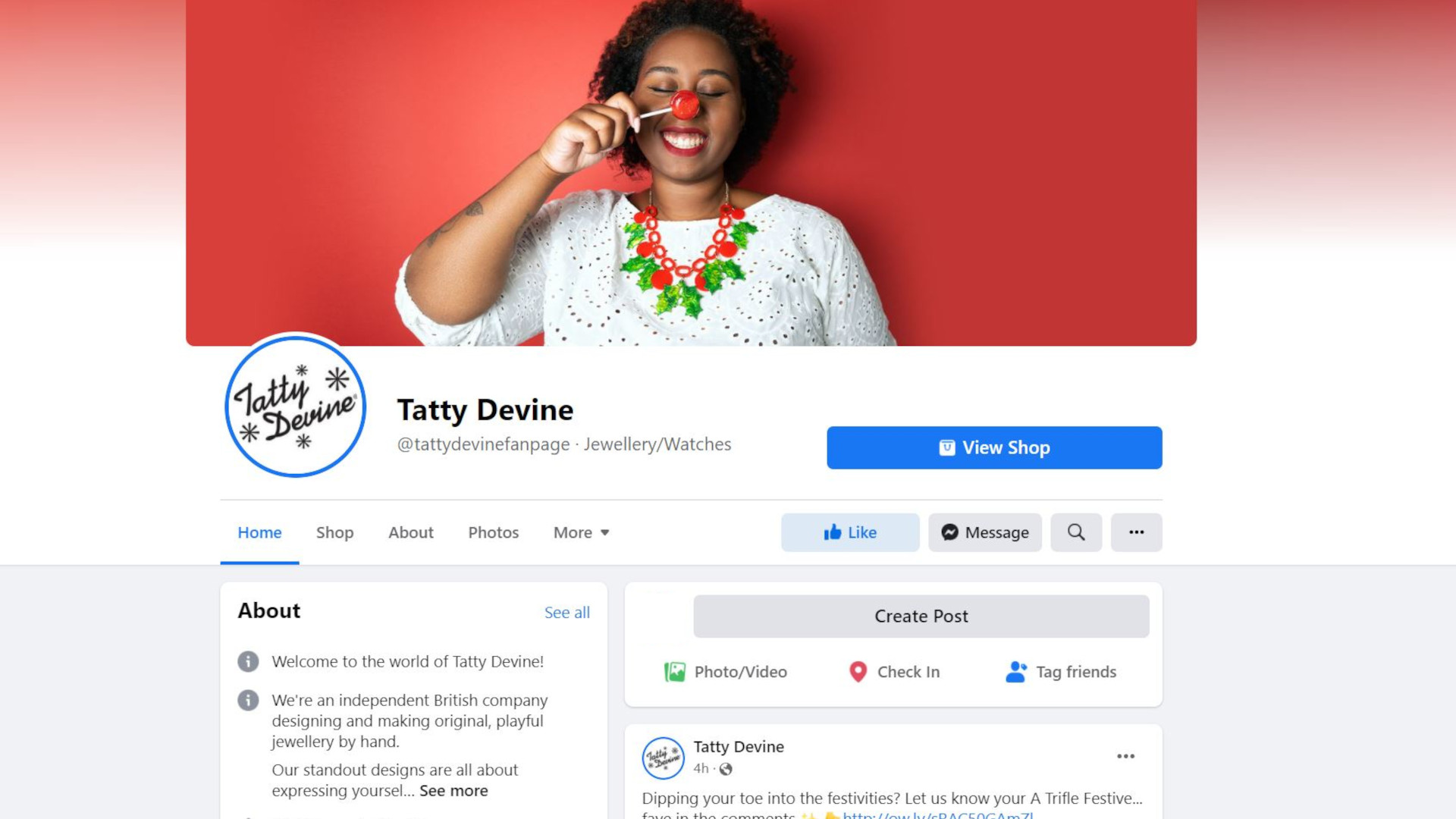How to master free Facebook marketing
The best things in life are free

Do you want to increase online sales, build brand awareness and promote your products? From leading brands that boost TV campaigns with Facebook engagement, to growing businesses that host creative online offers to keep fans excited, any business – big or small – can use Facebook as a marketing tool.
Social media platforms such as Facebook bridge the gap between businesses and consumers, improving communication between them and leaving brands with a better understanding of their audience. Whether you’re a freelance illustrator, successful independent restaurant or a globally- recognized brand, Facebook should be at the top of your marketing strategy.
Facebook groups and pages each have their own strengths. Groups are ideal for intimate communication in communities – to discuss a topic, and to share ideas and opinions – while pages are designed to help businesses, organizations and professionals create an authentic presence online to represent their values. Therefore, creating a Facebook page for your brand or business is the first step towards getting yourself noticed on the social network.
How to promote yourself

Suggesting your page to friends, putting up signs in your bricks-and-mortar store, adding a Like button to your website, and including links to your page wherever possible will all contribute to page growth. However, the most noticeable change in Likes will be as a result of the content you post on your page. Let’s look at ways to optimize your Facebook marketing effort by identifying your audience, creating compelling content, and analyzing your strategy.
Having a clear understanding of your audience will help you tailor your Facebook posts to suit its interests. Most brands have customer profiles outlined through authorized data collection, but as a growing business or freelancer, taking time to identify your ideal customer will help you to find more of them.
Create a description of your ideal customer. Decide on age, gender, personality, occupation, hobbies, spending habits, likes and dislikes.
Locate your online audience. Which websites interest them? What are they reading? What are they likely to search for online?
Are you a pro? Subscribe to our newsletter
Sign up to the TechRadar Pro newsletter to get all the top news, opinion, features and guidance your business needs to succeed!
Determine their end goals. What is it about your product or service that they like?
Write a more detailed outline of each identifiable customer. Give them each a name and backstory. Write a short day-in-the-life-of paragraph about each one that you can refer to. These are just a few questions to get you started. There are hundreds of customer profiling templates online that can help you build a more comprehensive portrait. Piecing together a clear picture of who you’re ‘talking’ to online will help determine the tone for each post and what customers are likely to respond to.
Create a content strategy

A Facebook content strategy is a daily outline of page updates scheduled for the week or month ahead which include things you want to promote or share. For example, you know next week you’ll publish a blog post about an offer available on your website’s shop, which will start on Saturday and end on the following Monday.
For your Facebook strategy you could schedule the following: an announcement of the upcoming offer the Thursday before, share a link to the blog post on Saturday, and post a product image on Sunday evening as a reminder to those who haven’t already taken advantage. Map out your Facebook strategy by determining your weekly or monthly goals and devising daily content around it.
Remember to look at your customer profile to find ways of working in content that would interest them. Your goals may be to drive traffic to your online store, to increase your reach and Page Likes, or to build brand awareness. They may be all of these things, so a strategy is central to creating posts that get attention and get results.
According to Posting Best Practices, rich photography and captivating videos, asking questions, and Facebook Offers (a paid-for service) – or offers of your own – receive the best response. If you think about your personal use of Facebook, are these the same things that catch your eye? Arizona-based State Bicycle Co. has been featured on Facebook’s Success Stories page.
Each week it shares a stunning image of a bike with an inspiring quote dropped over the top. This generates a lot of shares and plenty more comments and likes. The company calls it Motivational Monday. Not only is it the perfect day for inspirational posts that banish Monday blues, but the content is also visually striking. Most importantly, it’s shareable, which extends the reach of the page and potentially leads to new fans.
With your page in place and content being published regularly, you can measure your success using Facebook Insights. Facebook’s easy-to-use analytics service helps you evaluate different aspects of your page. Tools such as Engagement, Page Likes, and Post Reach help with tracking your best-performing content by discovering who’s engaging with you, and at what time.
Use these tools to find out what’s working well, write your own best practice, then replicate it. These steps are simple, but it takes an active page to make discoveries that lead to growth.
Case Study: Tatty Devine

Tatty Devine is an independent British jeweler whose studios are located in London and Kent. It specializes in expressive, standout jewelry with hints of retro fashion. The brand used Facebook to bring the products from its British studios to a global audience. Its aim: to turn Facebook Likes into online purchases, shop visits and brand awareness.
A quick scan over the brand’s Facebook page makes it clear that Tatty Devine knows its audience. Its page is kept fresh by varying post types from anything between new collections, sneak peeks and discounted item announcements, all of which are accompanied by gorgeous images and enthusiastic copy. In spring/summer 2013, Tatty Devine launched the successful Wishing Tree campaign. It encouraged fans to leave comments on its Facebook page with their springtime wishes. These comments would be written out and pinned to an in-store wishing tree, photos of which were uploaded soon after.
This simple idea worked to bring a community of fans together by getting them to engage around a theme that wasn’t about a new offer or competition, but which resulted in increased online sales and improved store footfall. Tatty Devine’s sample sales have fans in screeches of sheer excitement. To promote the event, it created a public Facebook event and invited fans to visit its London store.
It soon had more than 400 guests attending. Other posts about the event included an announcement that newsletter subscribers would receive early access to buy ‘Lucky Dip’ boxes online, and an invitation to fans to submit song requests for the Sunday sample sale through comments.
Many happy customers shared images of their Lucky Dips, and those wishing they’d got something else were given the means to swap items with other Tatty Devine shoppers through a one-month-only Swap Shop event. Through both the Wishing Tree and Sample Sale campaigns, Tatty Devine created great excitement around its products using Facebook as the medium between it and its audience. It uses Facebook as the channel for driving online sales through good posting strategies and learning what its audience responds best to.
Six top tips

DO:
Create sharable content:
Shareable content is a post that directly benefits your audience. When a fan shares your post, it appears on their timeline and their friends’ news feeds, so creating shareable content is important for page exposure and acquiring new Likes. People respond to a business or brand with a ‘human side’, so don’t be afraid to add your own flair. Combine your (clean) humour with content that helps your fans express their own identity. Now more than ever it’s important to put yourself in their shoes.
Measure and adjust:
Once 30 people have liked your page, you’ll be able to see your Page Insights, which tell you all about how your audience is responding to your content. Page Likes, Post Reach and Engagement tools are just some of the things you can use to track your best-performing posts.
Be available:
People love an authentic presence online, so be conversational and share what you’re genuinely interested in – it’s about quality, not quantity. Respond to both good and bad feedback. Experiment with post types and times. You can schedule posts on Facebook, which is a godsend for businesses with little digital resource.
DON’T:
Forget formality:
Say goodbye to formalities and loosen up already! People on Facebook are there primarily to catch up with friends, so if you want their attention, you have to talk with them as though you’re just another pal to encourage interaction, rather than sounding like a marketer. This is not to say that you shouldn’t be professional, but have a little fun with your status – what have you been up to?
Reference:
Do not take credit for any content that does not belong to you! This is not to say that you can’t share an image you think your audience would love to see on your page, even if you didn’t take it yourself. It simply means that you should, at all times, give credit where credit is due. Adding a link to the original source builds credibility and trust with your audience.
Don't irritate:
Facebook likes an active page but people are quick to hit the Unlike button. The aim is to be consistent and to post regularly to counter this, but don’t overdo it. Ask yourself, “Would my audience share this?”, “Would they find it interesting?”, “Would they like to see this in their news feed?” – if the answer is yes (honestly), then go ahead.
- We've also listed the best online marketing services.